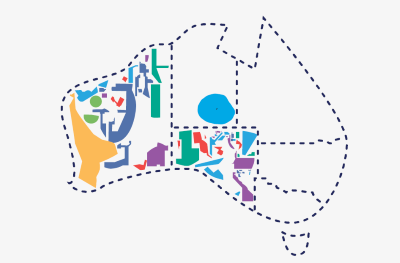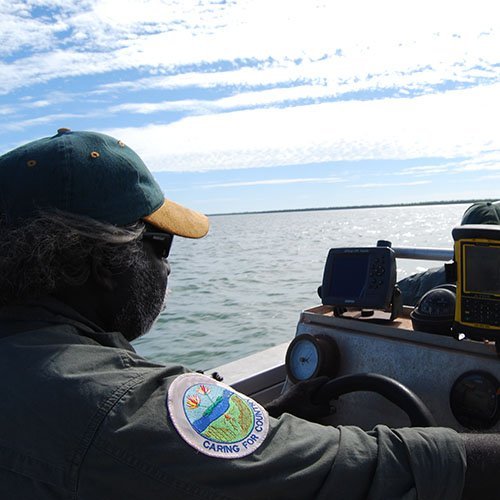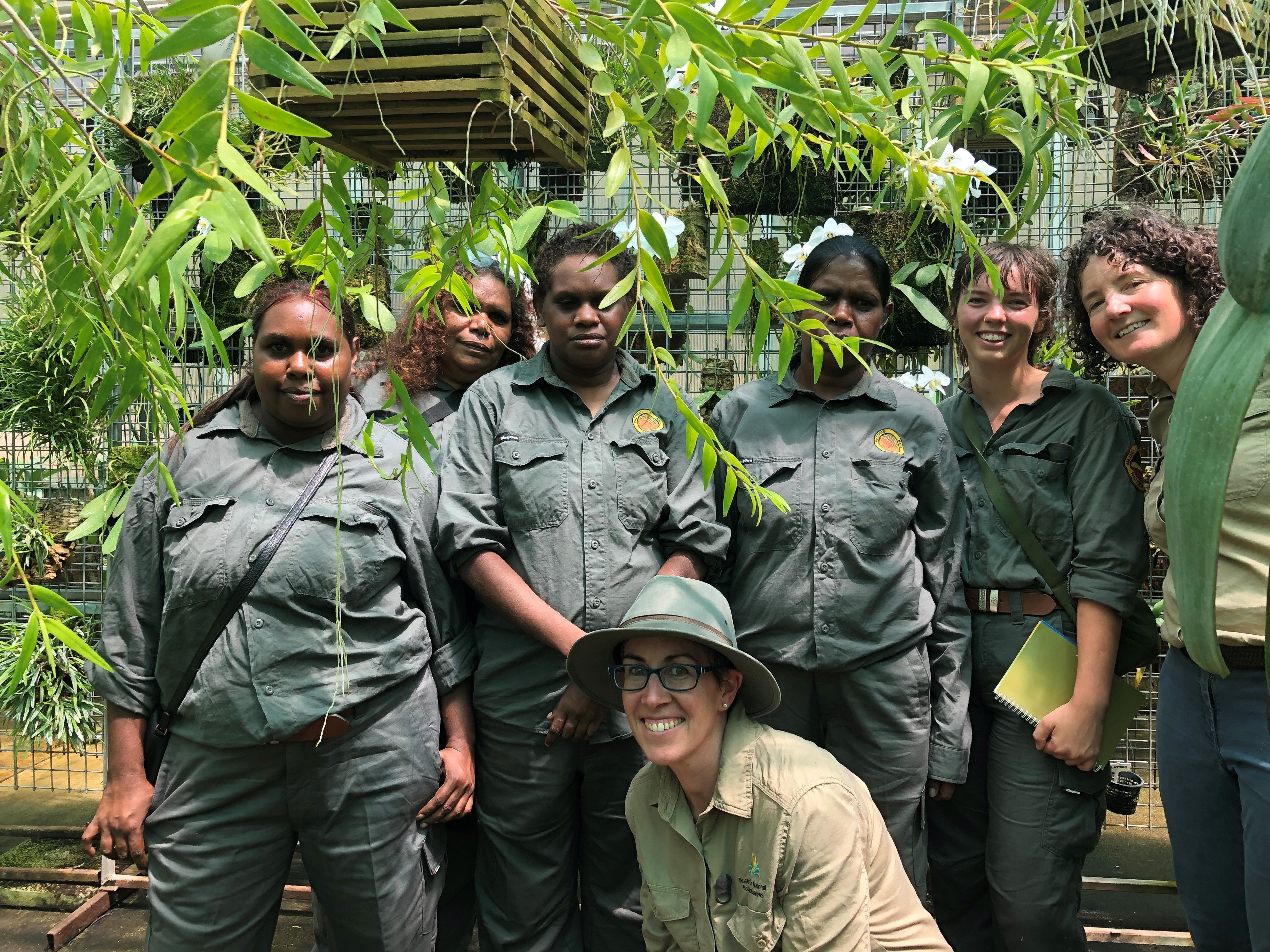Nature Positive Australian Marine Parks
Parks Australia attended the Global Nature Positive Summit to discuss collective actions for driving investment in nature and strengthening activities to protect and repair our environment.
Our nature positive approach
During the summit, we showcased how we deliver on:
- ocean protection and sustainable use as a global leader in marine conservation
- key priorities under the Sustainable Ocean Plan
- First Nations leadership, co-design and partnerships
- partnerships for a sustainable finance and management efficiency model.
Ocean protection and sustainable use
Australia is a global leader in protected area management has one of the world’s largest networks of marine parks, covering 48% of Australian waters, or around 4.3 million square kilometres, with about 22% of Australian waters under the highest level of protection in ‘no take zones’.
 Australian Marine Parks cover an area larger than WA and SA combined
Australian Marine Parks cover an area larger than WA and SA combined
We manage 3.8 million square kilometres of this vast area to protect the natural, cultural and heritage values of Australian Marine Parks and to allow ecologically sustainable use and enjoyment of these special places.
Australia’s Sustainable Ocean Plan
We are committed to delivering key protection priorities under the Sustainable Ocean Plan, focusing on the ‘Protect and Restore’ priority and the ‘Collaboration’ and ‘Knowledge’ enablers.
- Australia has set a national target to protect and conserve 30% of Australia’s landmass and marine areas by 2030 and is committed to strengthening marine protection.
- Parks Australia is committed to supporting a review of the National Representative System of Marine Protected Areas.
- We use science to better understand, monitor, and manage marine parks.
- We continue to explore options to improve formal recognition and support for First Nations-led ocean and coastal protection and management.
Traditional Owner leadership, co-design and partnerships
Joint management is a guiding management principle that refers to both a legal and procedural arrangement, under which three national parks are managed in cooperative arrangements between the DNP and Traditional Owners.
 Djelk rangers patrol large areas of Sea Country in the Northern Territory
Djelk rangers patrol large areas of Sea Country in the Northern Territory
Increasingly, we are becoming a leading employer of Indigenous Australians (75 staff out of 350, or 21%).
There is a focused effort to increase career pathways for Indigenous staff to move into more senior positions on park. All three Park Managers in our jointly managed parks are Indigenous. Through an Indigenous engagement program, we work with Indigenous organisations, land councils and Indigenous ranger groups to establish collaborative projects for marine parks and protect Cultural values.
Since 2018, we have established eight collaboration deeds with Traditional Owners, establishing partnership arrangements in the management of Australian Marine Parks.
Other successful collaboration projects include:
- a trial, co-designed monitoring project in Limmen Marine Park in the North Network, which received the Territory Natural Resource Management ‘Collaboration in Research Award’ in November 2023
- an Esperance Tjaltjraak Native Title Aboriginal Corporation’s (ETNTAC) project to better understand Cultural corridors that intersect with South-west Corner Marine Park and Eastern Recherche Marine Park
- The Ara-ku Kulini Uluṟu-Kata Tjuṯa Digital story book was launched earlier this year, illustrating the Uluṟu-Kata Tjuṯa National Park Management Plan and its key concepts in Pitjantjatjara, Yankunytjatjara and English and improving accessibility for Aṉangu who don’t speak English as a first language.
- relationships between Uluṟu-Kata Tjuṯa National Park and the Australian National Botanic Gardens that facilitate plant knowledge exchange, seed collection and seed banking to conserve important plants to Aṉangu and the central desert while contributing to global plant conservation targets.
 Mala rangers visit the Australian National Botanic Gardens
Mala rangers visit the Australian National Botanic Gardens
This film was funded by the Australian Government through the Our Marine Parks Grants program, and is a collaboration between Parks Australia Charles Darwin University, James Cook University, Australia, TropWATER, Northern Territory Government rangers, and Marra and Li-Anthawirriyarra Rangers.
Partnerships for a sustainable finance and management efficiency model
The Nature Positive agenda aligns with our vision for a collaborative and innovative approach to delivering protected area science and conservation.
Our partnerships include:
- Our Marine Parks Grants program which has leveraged $30 million in co-contributions across 91 projects (DNP investment of $28.2 million), spanning science, Indigenous engagement, tourism, fishing and communications
- Ocean Discovery and Restoration program which has leveraged $18.8 million (DNP investment of $13.5 million) for innovative science and restoration activities. These include partnerships with the Minderoo Foundation and Offshore Biotechnologies, which exemplify our collaborative approach to delivering future-proof solutions, including:
- advancement of automated environment DNA monitoring technology, and
- offshore nature-based restoration solutions for the blue economy.
- Ghost Nets Initiative, involving 21 Indigenous ranger groups, has removed around 536 ghost nets and more than 866 cubic metres of marine debris in the Gulf of Carpentaria and Northern Australia.
More information
For more information about our work on Nature Positive priorities, please contact us.
Learn about your marine parks
Stay in touch
Subscribe to receive important updates about your marine parks. Enter your email address and click "join now".








